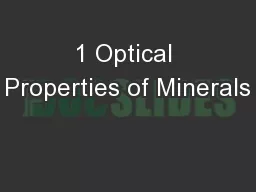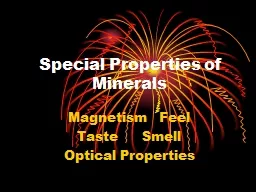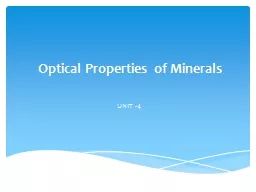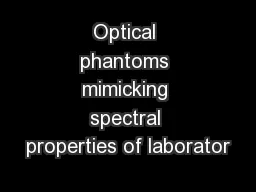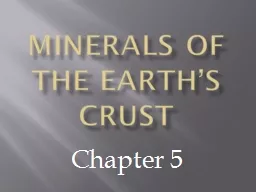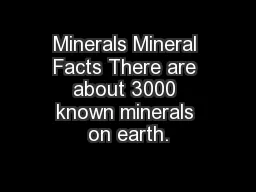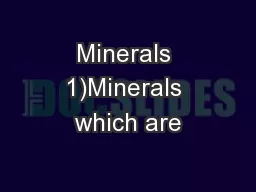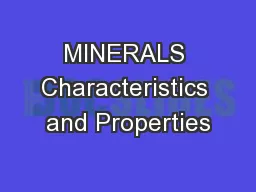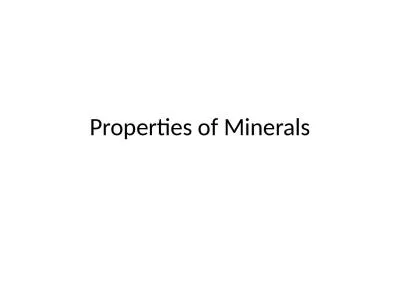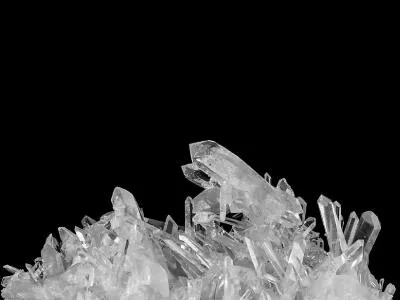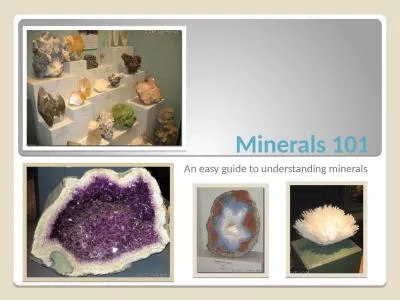PPT-1 Optical Properties of Minerals
Author : marina-yarberry | Published Date : 2018-10-14
GLY 4200 Fall 2016 2 Path Differences In Crystals Waves entering an anisotropic crystal will generally experience two indices of refraction in two perpendicular
Presentation Embed Code
Download Presentation
Download Presentation The PPT/PDF document "1 Optical Properties of Minerals" is the property of its rightful owner. Permission is granted to download and print the materials on this website for personal, non-commercial use only, and to display it on your personal computer provided you do not modify the materials and that you retain all copyright notices contained in the materials. By downloading content from our website, you accept the terms of this agreement.
1 Optical Properties of Minerals: Transcript
Download Rules Of Document
"1 Optical Properties of Minerals"The content belongs to its owner. You may download and print it for personal use, without modification, and keep all copyright notices. By downloading, you agree to these terms.
Related Documents

